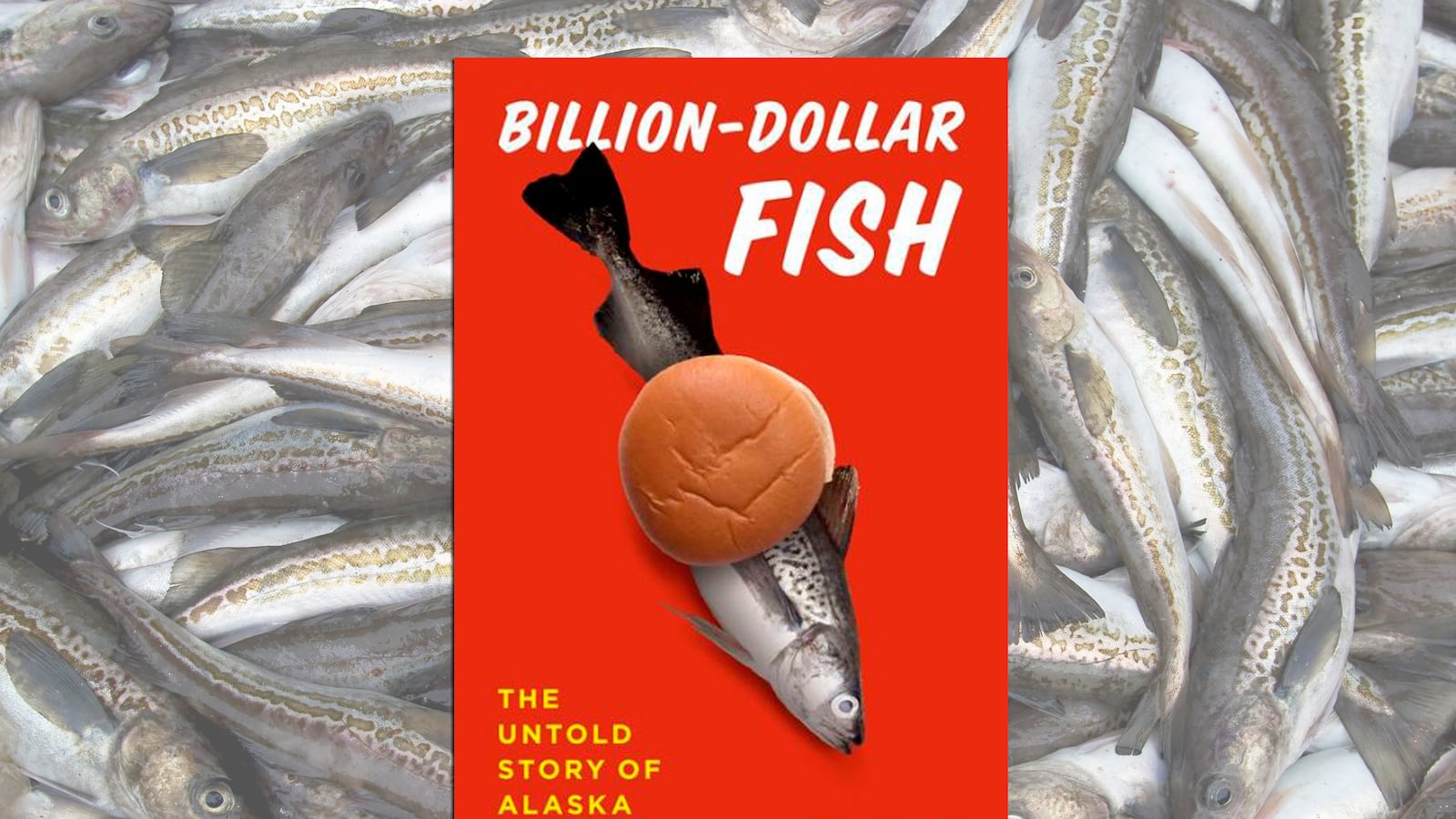What is your big idea?
If you talk with a fisheries scientist about harvest management, it usually ends with them drawing a curve and then a line. Where they intersect is an exact solution, the Maximum Sustainable Yield, the largest long-term average catch that can be taken without impairing the population’s reproducibility. By this engineering solution, the complexity of a whole ecosystem gets flattened onto a sheet of paper.
Engineering solutions to fisheries problems in the United States took hold in the 1880s. Rather than put restrictions on harvesting and destructive mining practices, the government advocated producing more fish from hatcheries to buttress declining stocks. Salmon hatcheries on the West Coast proliferated. The fish releases are one of the major causes of declines in native salmon runs. Often engineering is not the solution, it becomes the problem.

Ocean communities are complex. The fates of species are braided with feedback systems, complicated interactions, and co-dependencies. We don’t understand much about marine fishes because our ability to observe what really goes on in the ocean is limited, and because the lives of fishes are so foreign to our own existence. An incomplete understanding is not a good foundation for engineering solutions. Yet in harvesting them, we try to manipulate the productivity of fish stocks by setting harvests levels as close to the bone as we can cut. It is not uncommon for a harvest strategy to thin fish stocks by half or more from their original unfished biomass.
It took a couple of Greenpeace activists with liberal arts degrees to draw an obvious parallel. You can sustainably harvest a forest while destroying the forest ecosystem, and this same concept applies to the ocean. Even modest fishery harvests influence the health of ocean ecosystems. Harvesting them to maximize fisheries production and profit margins is beneficial for a limited number of people in the short term, but detrimental to most of us in the long term.
Why do you think the political and economic system that’s developed around pollock is in demise?
Management of the fishery is intertwined with the profitability of the fishing industry and politics of power. The decisionmaking body, the North Pacific Management Council, is dominated by industry representatives and agency bureaucrats. They refer to themselves as “The Family.” It has conflict of interest rules that are lax and ineffective. The right to harvest the public resource has been closed and handed out to companies. The industry is consolidating, concentrating power and profits into the hands of fewer players. They become more efficient by fishing fewer boats and thereby distributing less of the public largesse back into the community that supports them. Increasingly, pollock and jobs are being shipped offshore, mainly to China. More profits mean that more resources can be channeled into the political process and public relations, increasing the basis of power. It is a downward spiral.
What does the story of Alaska pollock tell us about maintaining a more sustainable fishery?
In 1976, the North Pacific Management Council was empowered to put a 2-million ton annual cap on removals of all groundfish from the eastern Bering Sea. This rule put management of the pollock fishery in the context of the ecosystem. Now there is a movement to remove this limit. Without the cap on the total removal of groundfish, harvests from the Bering Sea could likely be doubled by fishing each species to its sustainable limit, worth another billion dollars to the industry. The refrain of “more jobs and more fish for a hungry world” plays like a broken record. This action would profit a few companies in the short term. In the long term it would be unwise and pose an unacceptable risk to the Bering Sea ecosystem and the public resource.
The harvest of Alaska pollock in the eastern Bering Sea is worth about $1.5 billion. The population there has been unusually stable while some neighboring populations crashed in the 1980s to ’90s under heavy exploitation. They continue to sputter up and down, without fully recovering. Reasons for management success in the eastern Bering Sea include conservative and strictly regulated catches, and deep infrastructure of data collection and analysis. Furthermore, these pollock live in a relatively healthy, balanced ecosystem. We know that conservative catches and healthy ecosystems maintain robust fish stocks. The limit on total groundfish removals from the eastern Bering Sea keeps it productive.





